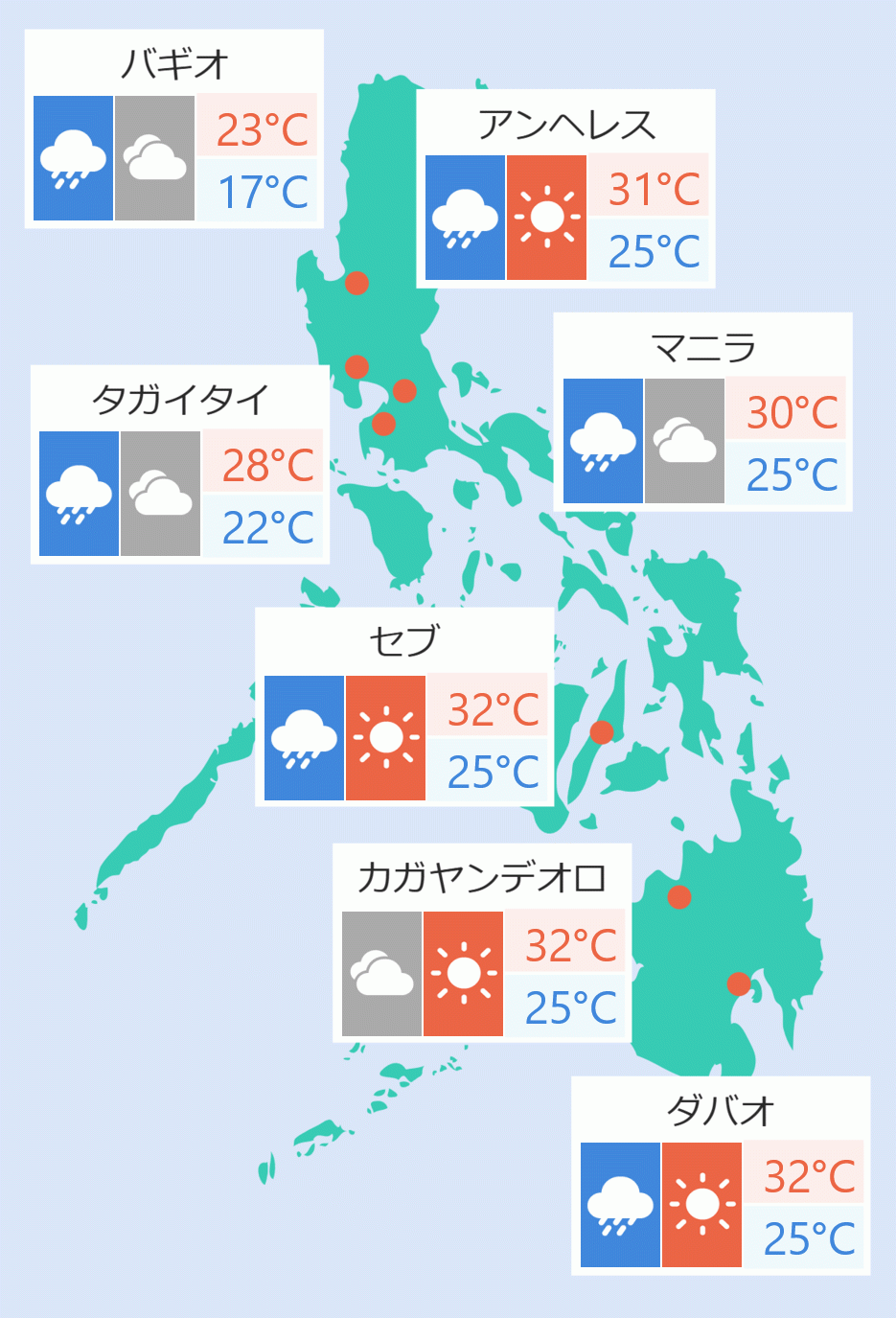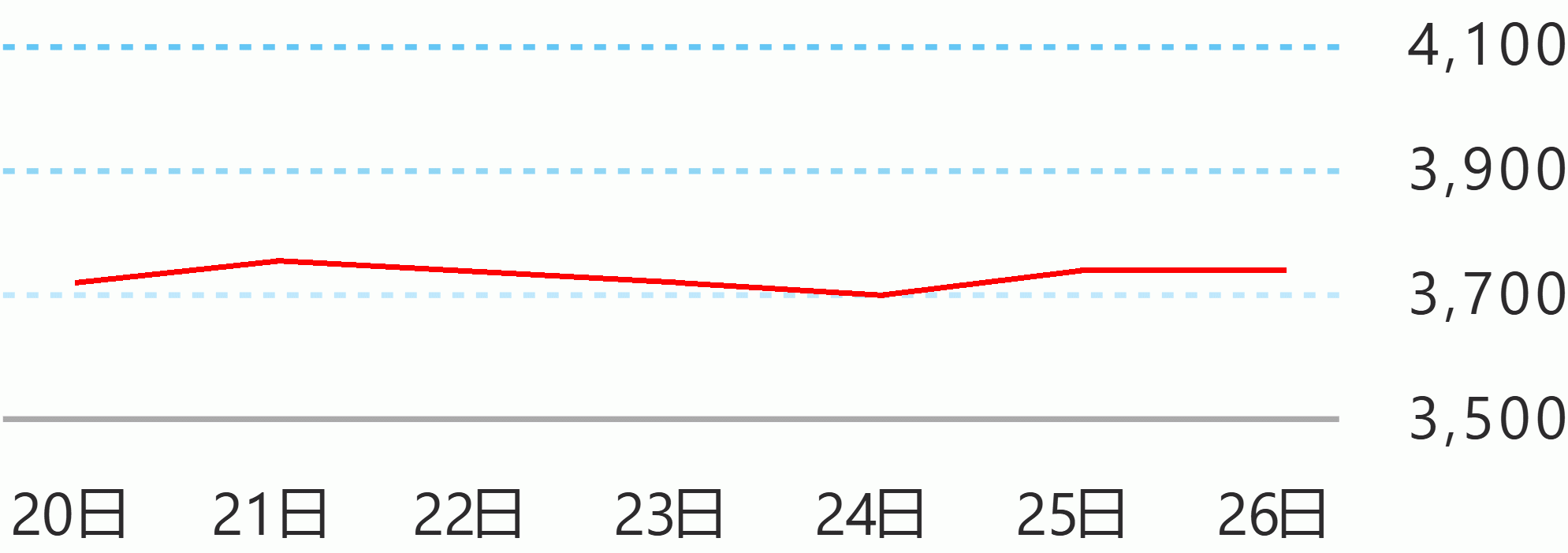The Philippine Statistics Authority (PSA) has achieved its registration target this year as 50,014,382 Filipinos completed their Philippine Identification System (PhilSys) Step 2 Registration as of December 11.
Step 2 Registration, which involves validating supporting documents and collecting biometric information such as iris scans, fingerprints, and front-facing photographs, began in January 2021 in 32 priority provinces that were considered low-risk areas for Coronavirus disease 2019 (COVID-19).
Despite the pandemic, the PSA was able to expand its operations to more cities and municipalities nationwide.
“The PSA salutes all those who contributed to this milestone for the PhilSys Step 2 Registration,” said PSA Undersecretary Dennis Mapa, National Statistician and Civil Registrar General. “Notwithstanding the pandemic and the restrictions that came with it, the PSA—together with its field offices, partner agencies, and key stakeholders—worked relentlessly to ensure that more Filipinos can begin registering for their PhilIDs.”
The three-step PhilSys registration process began in October 2020, which prioritized low-income households in the 32 priority provinces. As part of the PhilSys Step 1 Registration, PhilSys registration team conducted house-to-house collection of the registrants’ demographic information amid the extended quarantine protocols. The nationwide collection of registrants’ demographic information was also made possible with the launch of the online PhilSys registration site in April.
The PSA gradually expanded its Step 2 Registration operations as more Filipinos realize the benefits of having a national ID.
As of Thursday, 1,622 registration centers across the country continue to accommodate the Step 1 registrants. The PSA also established partnerships with local government units (LGUs), other government agencies, and privateinstitutions to bring the registration experience closer to more Filipinos.
The PSA implemented various registration drives and other institutional registration strategies to onboard working and middle-class individuals, and persons deprived of liberty.
The PSA also has recently extended its registration efforts to citizens living in geographically isolated and disadvantaged areas (GIDA).
On May 18, the Provincial Statistical Office of Pampanga organized an on-site registration for the Aeta communities in Porac, Pampanga, specifically in the barangays of Camias, Villa Maria, Inararo, Diaz, and Sapang Uwak.
On November 30, more than 100 individuals residing in remote areas from Nueva Ecija were registered to PhilSys. Representatives from PSA Nueva Ecija crossed rivers to register residents from Barangay San Agustin and Barangay Putlan in Carranglan.
Apart from registering Filipinos to the PhilSys, the PSA partnered with the Land Bank of the Philippines (Landbank) in assisting individuals who are excluded and vulnerable to onerous lending practices.
This initiative is in support of the government’s goal to attain 100 percent financial inclusion at the family level by the end of the year. As of November 30 2021, 6,786,939 Landbank accounts have been onboarded.
Meanwhile, for Step 3 Registration, PSA is working to speed up the issuance of the PhilSys Number (PSN) and the delivery of Philippine Identification (PhilID) cards to registrants with its partner agencies: Bangko Sentral ng Pilipinas (BSP) for the card production, and the Philippine Postal Corporation (PHLPost) for door-to- door delivery.
As of December 10, 4,414,393 Filipinos have received their PhilID cards. These cards will soon have a digital version through the soon-to-be-launched PhilSys mobile app. Registrants can use this alternative while waiting for their actual PhilIDs. PSA





 English
English









